Stop! Step Away From the Paintbrush — Here's 4 Things Interior Designers Would Never, Ever Paint Around the Home
Just because you can paint something, doesn't mean you should paint something


In 2025, customizing your furniture and decor is more than acceptable — especially when it's as easy as a fresh coat of paint (I painted my bookcases red, and I'm still obsessed with the results). But while paint can certainly enhance a feature or piece of furniture, it can also quickly become a major design flaw.
Whether you should paint furniture, and especially whether you should paint antique furniture, has been a hot topic in the Livingetc Slack channel this month. Of course, it's ultimately up to you, but it made me think: Is there a clear list of things you should never paint in your home?
I couldn't find it, so I've decided to make my own. Looking to get creative by personalizing a piece of furniture, or exploring cool paint ideas for your walls? Here are four things the interior designers I asked said they'd never, ever paint in a home.
1. Thermofoil or Melamine Cabinets

"If you’re working with thermofoil or melamine, don't bother with painting your kitchen cabinets," says California-based interior designer Terri Brien. These materials are non-porous for a reason: to resist stains and moisture. Those same properties make it nearly impossible for paint to stick long-term.
Even with sanding and specialty primers, you can end up with edges and corners that chip, peel, or scratch. Once that starts, Terri says it’s all downhill from there. "Peeling doors will end up costing more to fix than if you’d just replaced or refaced them in the first place," she says.
If you're weighing up potential painted kitchen cabinet ideas, consider professional refacing or swapping just the doors or drawer fronts for paint-grade wood or MDF. "If the cost is close to full replacement, wait until you can do it right," says Terri.
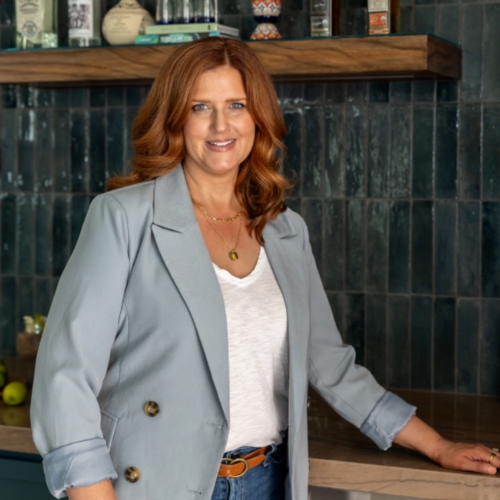
Terri Brien is the principal designer and owner of Terri Brien Interiors in Southern California. With a background in high-end residential design, in-depth product knowledge, and project oversight, Terri Brien has spent years refining spaces that blend sophistication with livable comfort. In her 20 years in the industry, Terri has seen a lot of 'quick fixes' that turn into costly headaches for clients later.
2. Tile (Especially on Floors and Backsplashes)
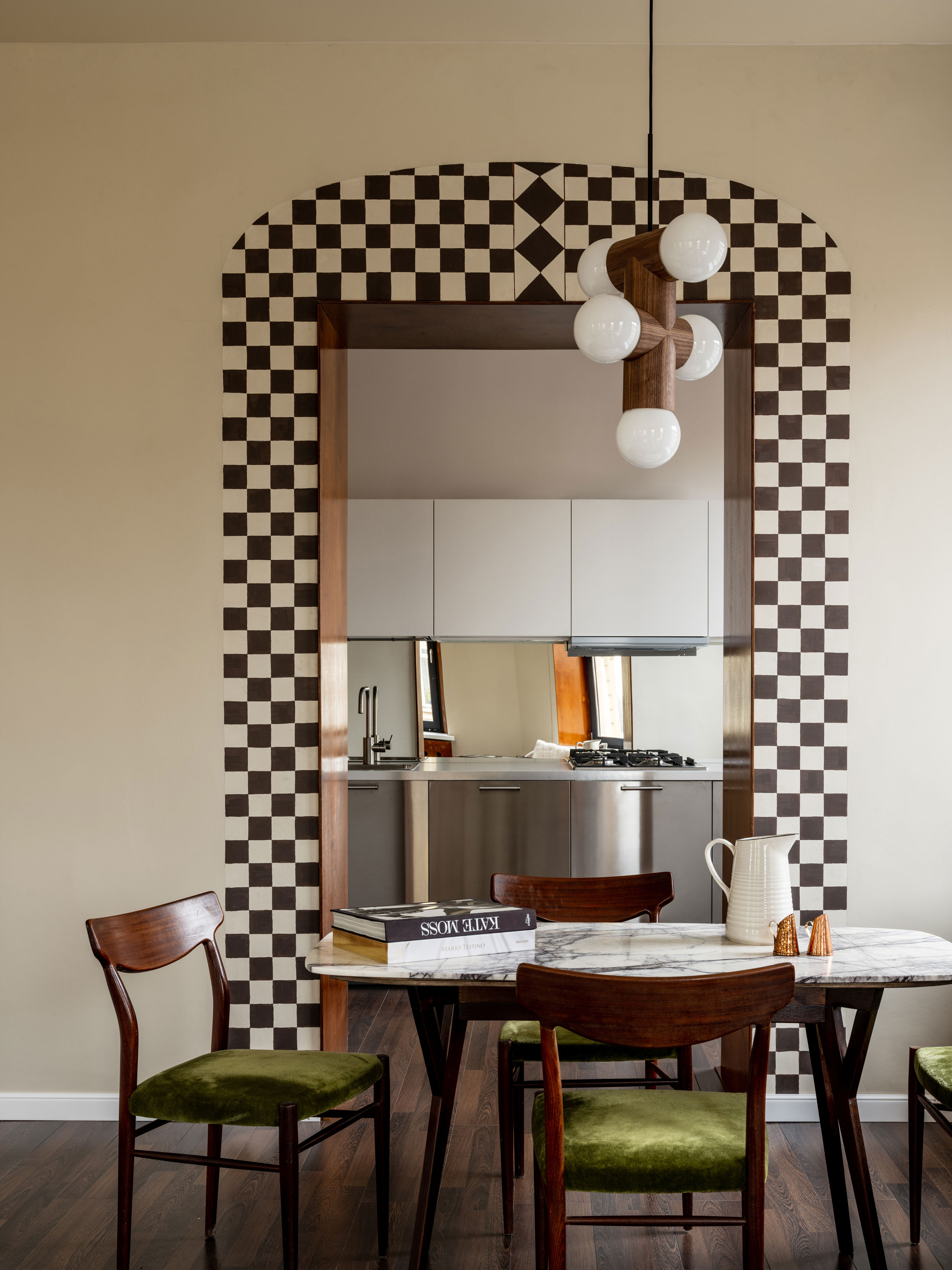
"I would never be brave enough to paint tiles; it can be done, but I've always been too chicken to attempt to," says interior designer and artist Rachel Castle. Why? Because tiles are often placed on a surface that gets a lot of everyday wear and tear, like the floor or kitchen backsplash.
The Livingetc newsletters are your inside source for what’s shaping interiors now - and what’s next. Discover trend forecasts, smart style ideas, and curated shopping inspiration that brings design to life. Subscribe today and stay ahead of the curve.
Painting a tiled floor or kitchen backsplash might seem appealing (yes, we’ve all seen the DIYs), but it can be costly, not very durable, and frankly, inconvenient when not well-planned.
"The reality of living with it is usually less charming than it seems online," adds Terri. "Even with the right prep, paint will eventually wear off from foot traffic, cleaning, and normal use."
On floors, you’ll see scratches and chips almost immediately in high-traffic zones. On walls or backsplashes, wear tends to happen quicker near cooking areas (think about what oil does to most paints) and sinks, making the finish look uneven and unappealing.
Instead, it's best to re-grout, deep clean, or replace tile entirely for a lasting result. If you are still craving a DIY, you can have a lot of fun with custom tile designs or even experiment with colorful grout ideas.
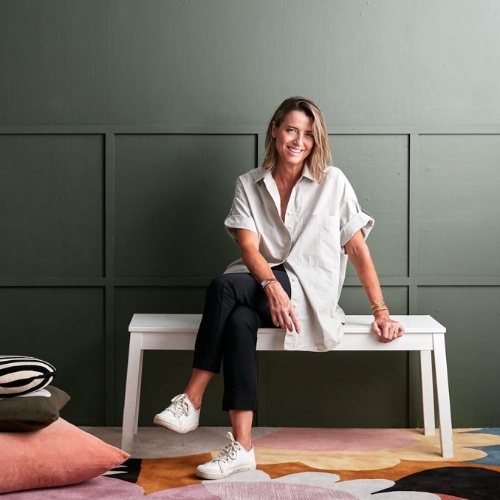
Rachel Castle is an artist based in Sydney, Australia. Rachel's craft focuses on pieces that can adorn a beautiful home — everything from 2D artwork to bedlinens and sweaters. Rachel has much experience DIYing things in the home, and, yes, trying her hand at painting antique timber furniture.
3. Countertops
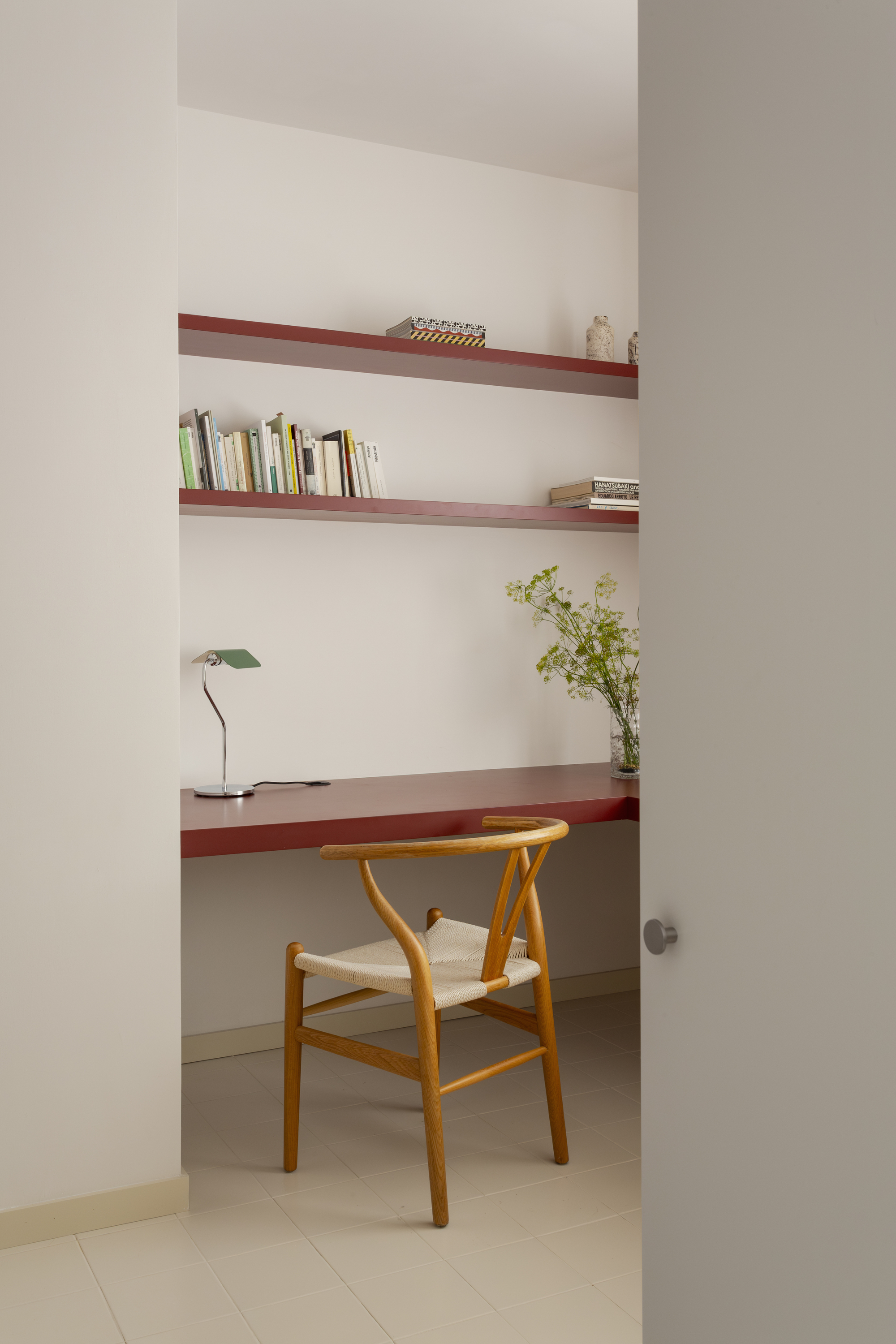
If you are looking to redo your kitchen countertop without replacing it completely, painting it simply isn't going to cut it. Not in the long term, at least.
"Painting kitchen or bathroom countertops is one of those 'looks amazing on day one' projects that rarely hold up," says Terri. "The prep work is intense, the top coats can yellow, and everyday life, like sliding a plate, setting down a warm (not even hot) pan, or a splash from last night’s curry, will leave marks you can’t ignore."
Save the paint job for more decorative surfaces, like beside tables, desks, or even floating shelving ideas. You won't have to worry as much about upkeep, allowing you to simply enjoy the personalized pop of color.
4. Antique Woods
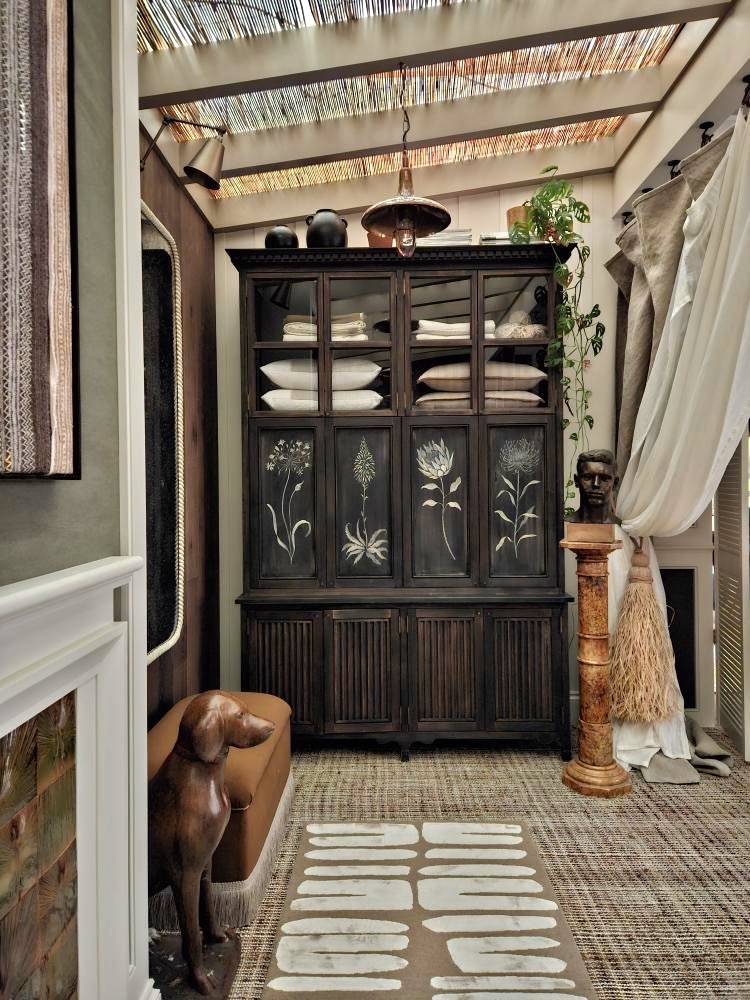
Painting over high-quality wood furniture, especially vintage or heirloom pieces, can strip away both value and character. Wood ages beautifully and can be refinished to bring out its natural patina. But, "Once you paint it, reversing that process is time-consuming, messy, and often impossible without damaging the piece," says Terri.
It's best to let wooden pieces shine. Try refinishing, oiling, or staining to enhance the natural grain instead of hiding it away with paint.
Alternatively, Sussex-based artist Tess Newall (who is very much in the business of painting wood) argues that most pieces can be painted. Sometimes a smaller hand-painted trim or decorative motif is all you need, though.
"Antique and thrifted wooden pieces gain a new chapter in their life and story when decorated," she says. "I try to celebrate their original character and patina, often building up layers of color washes before adding the decorative detailing."
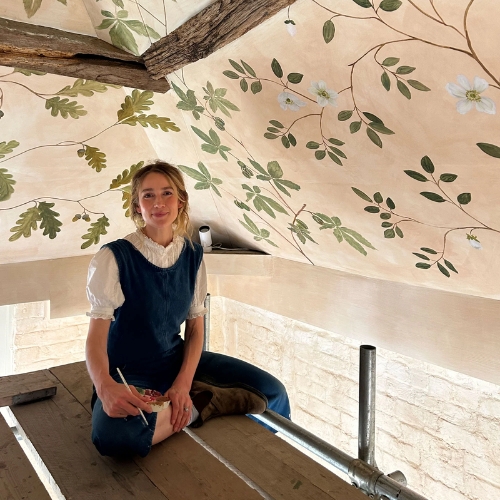
Tess Newall is a decorative artist based in Sussex. With a background in theatre and film, Tess intends for every mural or piece of furniture to evoke an atmosphere and tell a story. Her work is rooted in research, creating thoughtful and timeless designs which sit as naturally in historic homes as in contemporary interiors.
At the end of the day, "Ask yourself: Is the quick change worth the cost, time, and frustration when weighed against holding off and doing exactly what you want?" says Terri.
There are living room DIY projects that you can get done in a weekend with amazing results, but when it comes to coating a piece in paint, don't settle for "good enough" — take the time to understand what makeovers will look best on your furniture.

Olivia Wolfe is a Design Writer at Livingetc. She recently graduated from University of the Arts London, London College of Communication with a Masters Degree in Arts and Lifestyle Journalism. In her previous experience, she has worked with multiple multimedia publications in both London and the United States covering a range of culture-related topics, with an expertise in art and design. At the weekends she can be found working on her oil paintings, reading, or antique shopping at one of London's many vintage markets.